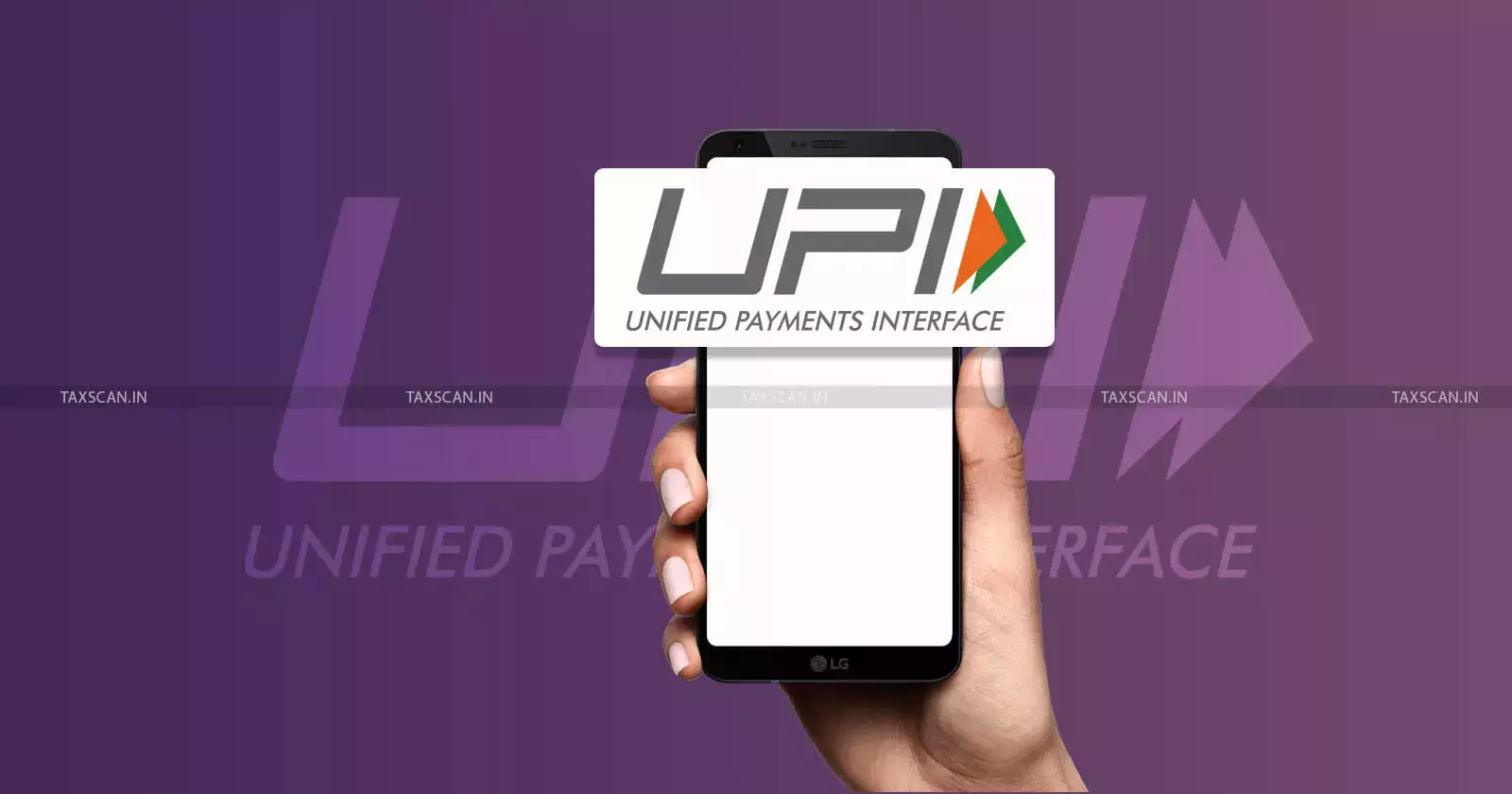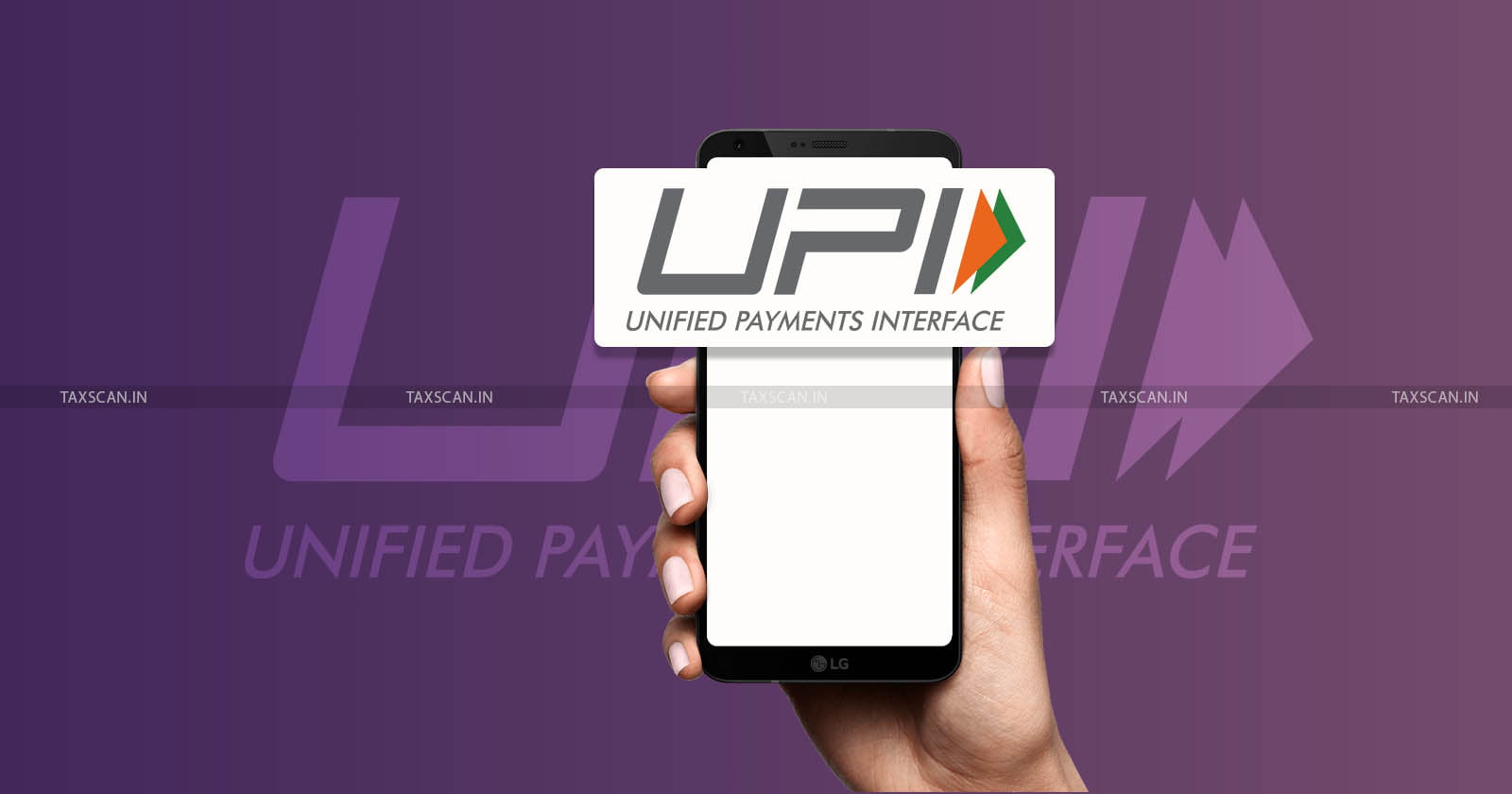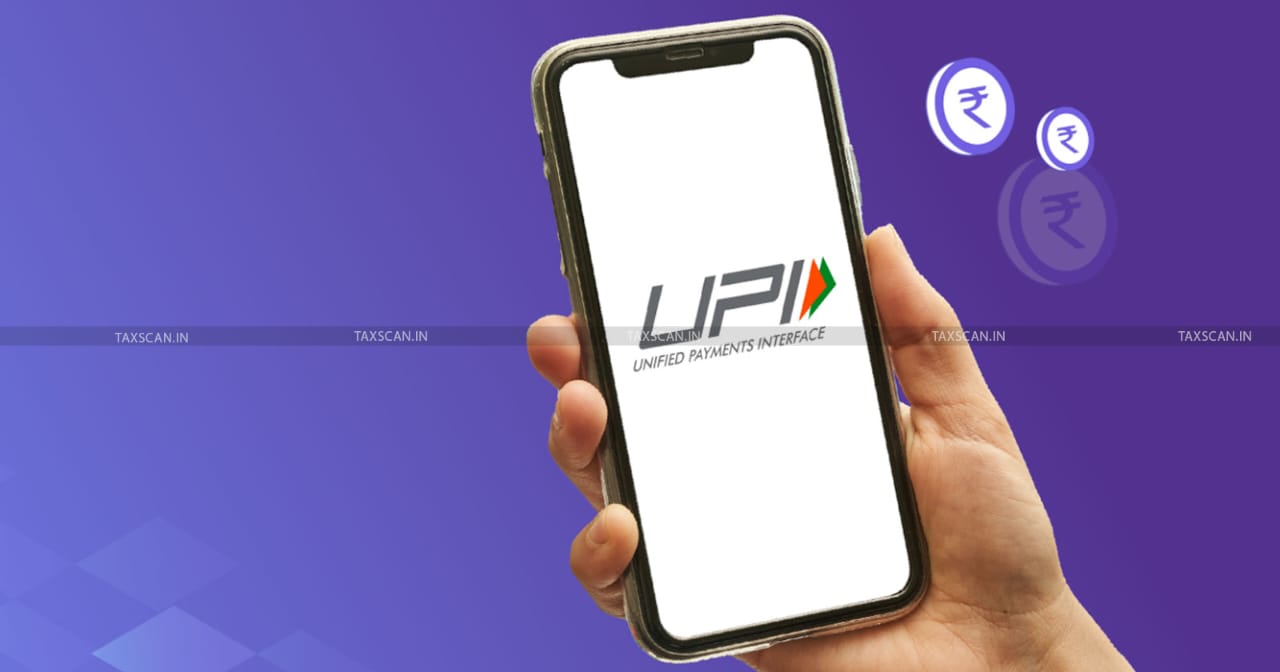UPI Breaks Records To Overtake VISA As World’s Top Real-Time Payment System: 650 Million Daily Transactions
Facilitating payments from as low as ₹1 to ₹1,00,000 in a single transaction, UPI’s meteoric rise comes as no surprise to the Indian population.

India’s Unified Payments Interface (UPI) has officially surpassed American payments aggregator Visa Inc. to become the world’s largest real-time payment system by transaction volume, crossing a milestone of 650 million daily transactions.
The feat is indeed remarkable, since the Indian payments system achieved the goliath number in less than a decade since its launch in 2016. The milestone has been hailed by industry leaders, government officials and international agencies as a landmark in the evolution of global digital payment systems.
According to multiple leading business dailies and official government sources, UPI’s meteoric rise has propelled India to the forefront of financial technology in the world. The volume of daily transactions handled by UPI now exceeds the global average of transactions processed by VISA, which is approximately 639 million. In May 2025 alone, UPI facilitated over ₹25 lakh crore worth of transactions, outpacing the combined value of card payments in the country by miles.
Comprehensive Guide of Law and Procedure for Filing of Income Tax Appeals, Click Here
Former NITI Aayog CEO Amitabh Kant described the achievement as “phenomenal,” reflecting the transformational impact of UPI on the Indian and global payments ecosystem.upi
UPI technology was developed by the National Payments Corporation of India and swiftly gained traction with Indian consumers and merchants. Within a year, the system had already reached one million monthly transactions.
 Also Read:From India to the World: UPI goes Global as Namibia Becomes First Foreign Country to Sign Licensing Agreement
Also Read:From India to the World: UPI goes Global as Namibia Becomes First Foreign Country to Sign Licensing Agreement
UPI grew exponentially following the 2017 demonetisation move in India, with a large number of the population quickly preferring UPI as one of their primary payment methods for retail and digital transactions. The move also spawned numerous digital payment applications such as Google’s Tez (now Google Pay), PhonePe, PayTM and many more.
Understanding Common Mode of Tax Evasion with Practical Scenarios, Click Here
The significance of the achievement was highlighted by the International Monetary Fund, which noted that India now leads the world in fast retail payments. The IMF highlighted that the rise of UPI led to a notable decline in the use of cash and cards in India, with both ATM withdrawals and card usage seeing a substantial drop in comparison to previous years.
The deal-breaker of the UPI payments system is most definitely the payment amounts that can be handled by it. The lowest transaction amount can be as little as one rupee, making it accessible for even the smallest payments while the single transaction limit can go up to ₹1 lakh for most users. For certain categories such as capital markets, insurance and mutual funds, the upper limit is set at ₹2 lakh per transaction, and for select pre-approved merchant payments, it can reach as high as ₹5 lakh, depending on the user’s bank.
Globally, UPI is being acknowledged by numerous countries as well. Namibia has become the first foreign country to formally adopt India’s UPI technology, following a licensing agreement between the National Payments Corporation of India and the Bank of Namibia.
Step by Step Guidance for Tax Audit & E-filing, Click Here
This partnership will see Namibia roll out UPI as its national instant payments platform, as was announced during Prime Minister Modi’s state visit.
With UPI now at the helm of real-time payments globally, the question turns to how this Indian innovation will further expand its reach and influence in the years ahead, as countries and companies look to replicate its success.
Support our journalism by subscribing to Taxscanpremium. Follow us on Telegram for quick updates




